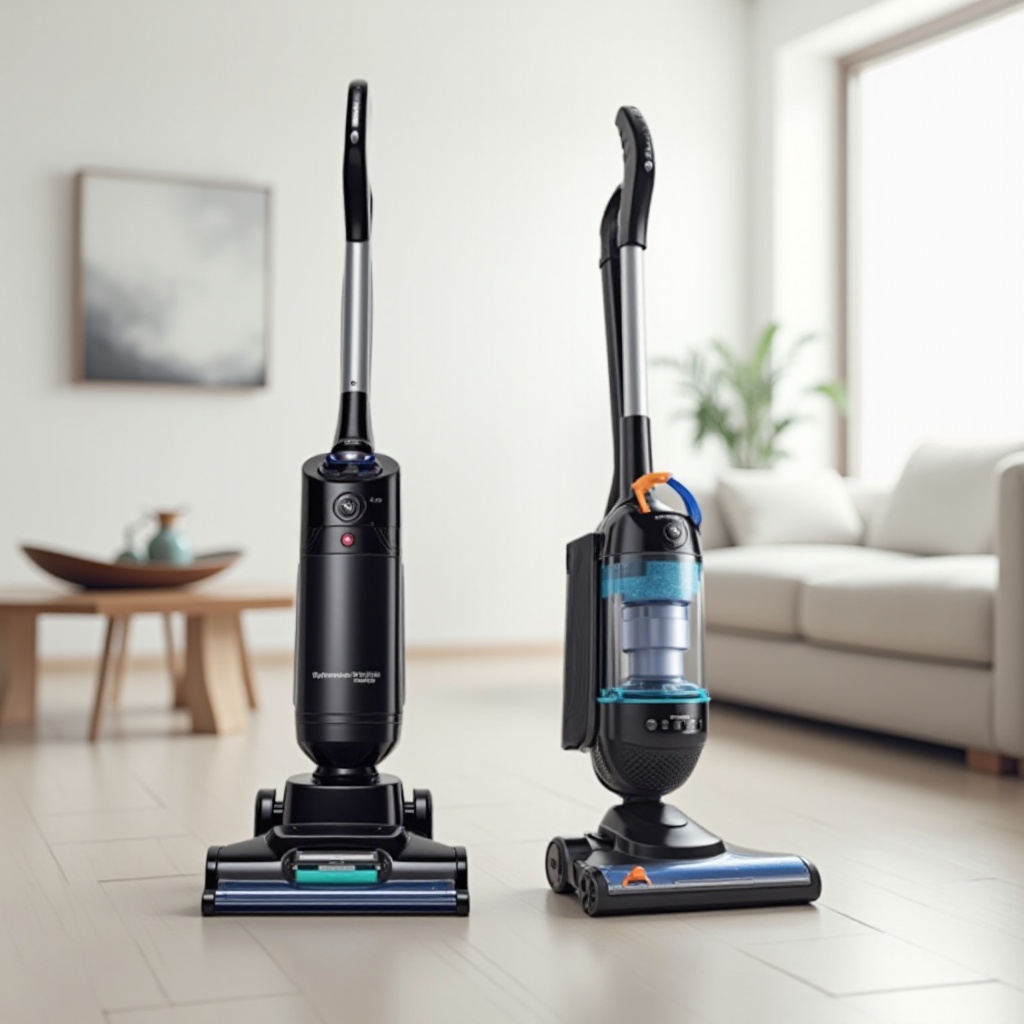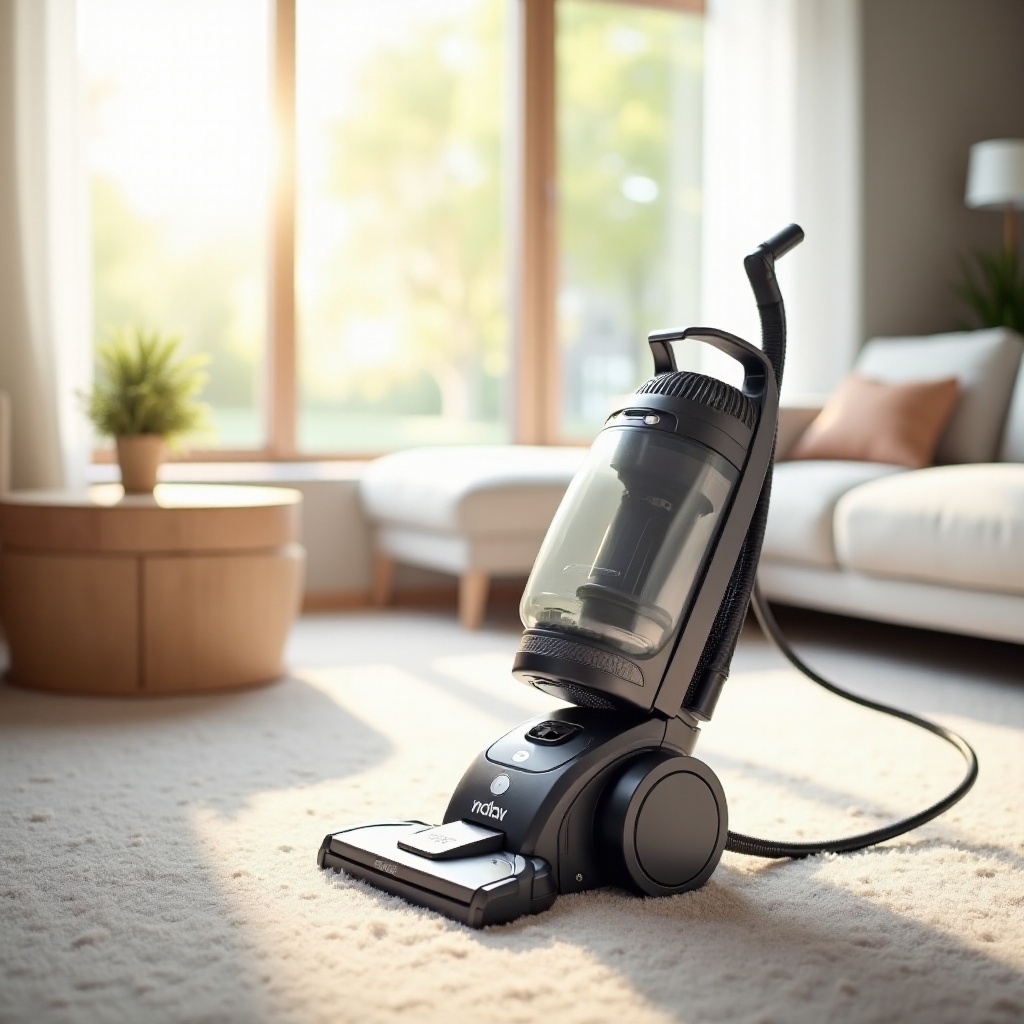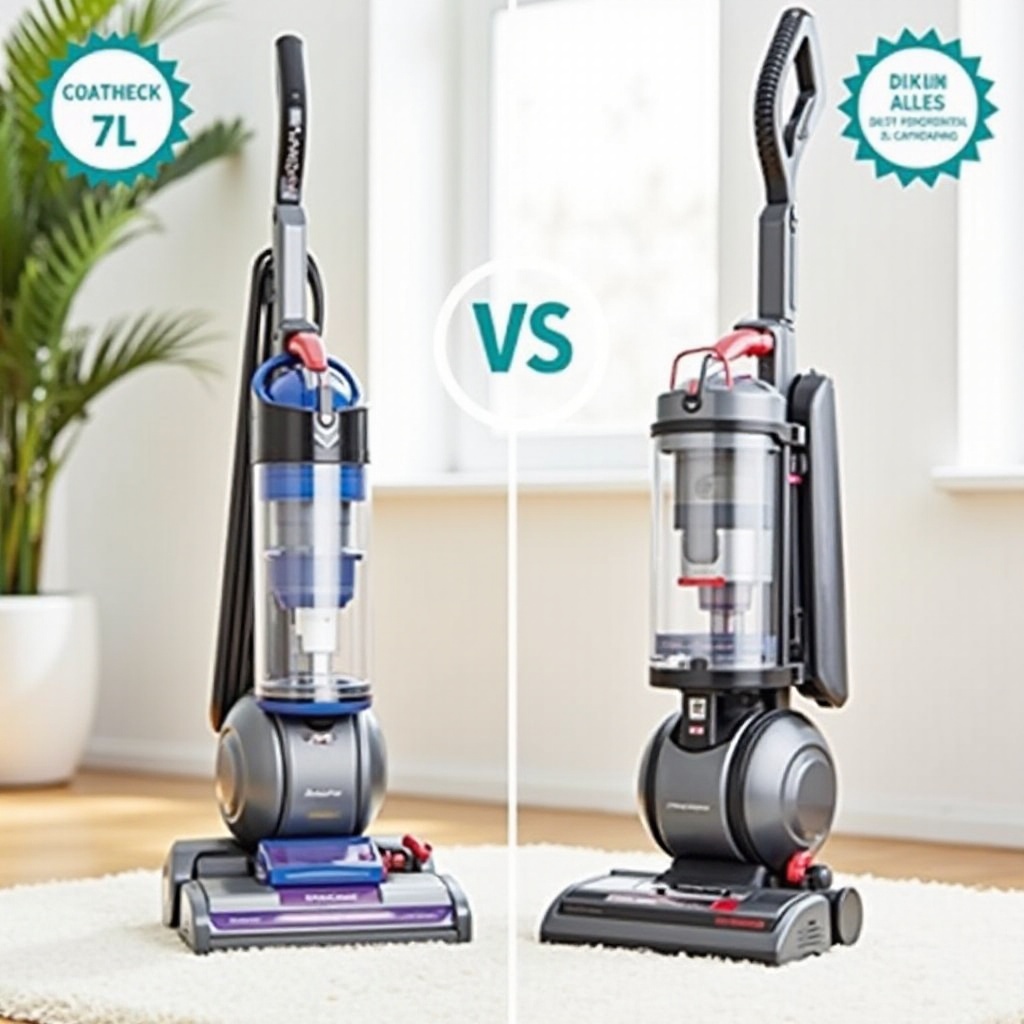Introduction
When it comes to keeping your home clean, the choice of a vacuum cleaner plays a significant role. Among the popular categories, bagged and bagless vacuum cleaners are the two main contenders. Each type has its unique set of advantages and disadvantages, making the decision process quite challenging. This comprehensive guide will help you understand the differences, so you can make an informed choice that fits your lifestyle and specific needs.

Understanding Bagged Vacuum Cleaners
How Bagged Vacuum Cleaners Work
Bagged vacuum cleaners collect dirt and debris into a replaceable bag. As the vacuum runs, dust and particles are sucked into the cleaner and directed into the bag. The air is filtered through several layers, ensuring that allergens and fine particles are trapped, leaving clean air to be expelled back into your home.
Advantages of Bagged Vacuum Cleaners
- Superior Filtration: The multi-layered bags are excellent at trapping dust and allergens, providing a higher level of filtration.
- Less Frequent Maintenance: Bags typically hold more debris than bagless models, so you replace them less often.
- Hygienic Disposal: Changing a vacuum bag is relatively mess-free; you simply remove and discard the full bag without exposure to the contents.
Disadvantages of Bagged Vacuum Cleaners
- Ongoing Costs: You’ll need to buy replacement bags regularly, which can add up over time.
- Reduced Efficiency: As the bag fills up, the vacuum’s suction may weaken, reducing its efficiency.
- Environmental Impact: Disposable bags contribute to landfill waste.

Understanding Bagless Vacuum Cleaners
Transitioning from bagged to bagless vacuum cleaners involves significant changes in maintenance and usability, which can make the choice challenging.
How Bagless Vacuum Cleaners Work
Bagless vacuum cleaners use a series of filters and a dirt collection bin to trap dust and debris. The dirt is sucked into the vacuum and spun around in a cyclonic motion, depositing the heavier particles into the bin. The air passes through filters before being expelled, capturing finer particles and allergens.
Advantages of Bagless Vacuum Cleaners
- Cost-Effective: You save money on replacement bags since there’s no need to buy them.
- Sustainable: There’s less environmental waste because you don’t throw away bags.
- Transparency: The clear dirt bin lets you see when it’s time to empty it, ensuring the vacuum operates at peak efficiency.
Disadvantages of Bagless Vacuum Cleaners
- Frequent Maintenance: Filters need to be cleaned regularly to maintain suction and performance.
- Messy Disposal: Emptying the dirt bin can release dust and allergens back into the air.
- Initial Cost: Some high-end models can be more expensive than bagged options.
Key Differences Between Bagged and Bagless Vacuum Cleaners
The debate between bagged and bagless vacuum cleaners extends to several important factors that can influence your purchasing decision.
Maintenance and Cost
Bagged vacuum cleaners typically require less frequent emptying, but the ongoing cost of purchasing replacement bags can add up. Bagless vacuums save money on bags but may require more frequent cleaning and filter replacement, impacting long-term maintenance.
Filtration and Air Quality
Bagged vacuums generally offer superior filtration due to their design, capturing and containing more allergens. Bagless vacuums, while still effective, can release particles back into the air during disposal. If air quality and allergen control are top priorities, bagged models may be the better option.
Ease of Use and Convenience
Bagged vacuums are straightforward regarding disposal, minimizing exposure to dust. Bagless models offer the convenience of not needing spare bags and provide a transparent container to monitor fill levels. However, the inconvenience of dealing with dust clouds during bin emptying can be significant.
Factors to Consider When Choosing Between Bagged and Bagless
Considering personal circumstances and home environment is essential for making the best choice.
Allergies and Health Considerations
If you or your family members suffer from allergies, a bagged vacuum is likely the better choice due to its superior dust containment and filtration capabilities. Bagless models can inadvertently expose you to allergens during routine maintenance if not handled carefully.
Frequency of Cleaning
Consider how often you vacuum and how dirty your home gets. Bagged vacuums can handle larger amounts of debris without a significant drop in performance. On the other hand, bagless vacuums may require frequent emptying and cleaning if used in a high-traffic or heavily soiled environment.
Budget and Long-term Costs
While bagless vacuums can save money on bag replacements, they might require more frequent filter replacements, adding to the cost. Bagged models, though cheaper initially, involve ongoing expenses for bags. Weigh your budget and how much you’re willing to spend over time.
Performance Comparison
Suction Power and Efficiency
Both types can offer strong suction power, but performance can degrade in bagged vacuums as the bag fills up. Bagless models maintain consistent suction but need clean filters to function at their best.
Handling Pet Hair, Dust, and Allergens
Bagged vacuums excel in capturing and containing pet hair, dust, and allergens due to their enclosed system. Bagless vacuums can handle these tasks effectively but may recirculate particles when you empty the bin.
Noise Levels
Noise can be a concern with vacuums. Bagged models tend to operate more quietly because the bag dampens the sound. Bagless vacuums, particularly those with strong cyclonic action, can be noisier.

Conclusion
Choosing between a bagged or bagless vacuum cleaner depends on your specific needs and preferences. Bagged models offer superior filtration and hygiene, while bagless cleaners provide cost efficiency and convenience. Weighing the pros and cons of each can guide you to the best vacuum for your home.
Frequently Asked Questions
Which type of vacuum cleaner is better for people with allergies?
Bagged vacuums are typically better for people with allergies due to their superior dust and allergen containment.
How often should I replace the bag in a bagged vacuum cleaner?
You should replace the bag when it is two-thirds full to maintain optimal performance and prevent loss of suction.
Are bagless vacuums more environmentally friendly than bagged vacuums?
Bagless vacuums can be more environmentally friendly since they don’t require disposable bags, reducing waste. However, the need for filter replacements can also have an environmental impact.
